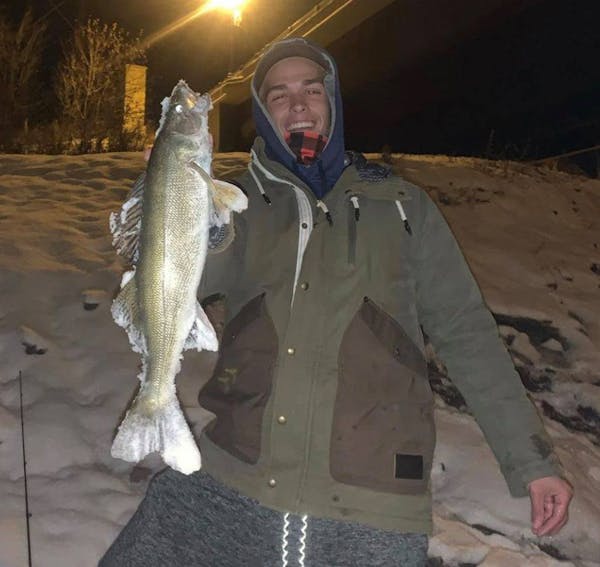Now in later autumn it's clear the numbers and species of wild animals have greatly dwindled.
Winter preparation for living things has been going on for three months or more. Winter strategies for wild Minnesota animals include migration, hibernation and coping. Without a strategy, death is the result. Millions of our state's common grackles winter in Arkansas, Louisiana and Mississippi, while Baltimore orioles head for Central America.
Hibernation is a winterless life chosen by reptiles, amphibians, many insects and some mammals. During the winter untold millions of animals — toads, frogs, salamanders, snapping turtles, garter snakes, bats, wood ticks, mosquito larvae and box elder bugs — are hibernating across Minnesota.
The physiology of this "sleep" is amazing. In some cases the animal's pulse slows to a few beats per minute, breathing nearly stops, the blood thickens, the internal temperature drops close to freezing, metabolism slows and the kidneys and digestive system almost stop functioning.
When winter comes, the workers, males and old queen bumblebees die. Only the young queens live through the winter; each one finds shelter in a hole in the ground, a hollow tree or some other snug place where she can hibernate. The many species of Minnesota spiders pass the winter in all stages of life: as eggs, young within the egg sac, juveniles and adults. Adult and half-grown spiders seek caves or crevices or crawl under loose tree bark, dead leaves on the forest floor or deep into beds of dry mosses.
Minnesota is home to 172 species of butterflies, only nine of which winter-over in the adult stage. They hibernate under peeling tree bark, in hollow logs and trees, or even in unheated buildings. They might awaken and appear on the wing during a few March or April days when the air temperature hits 50. The mourning cloak, Compton tortoiseshell and red admiral are well-known butterfly hibernators. Viceroy butterflies winter-over in the caterpillar stage, while the white cabbage butterfly lives though winter in the form of a chrysalis. All butterflies in our state, except the monarch, which migrates, hibernate in one of their life stages.
Jim Gilbert's observations have been part of the Minnesota Weatherguide Environment Calendars since 1977. He taught and worked as a naturalist for 50 years.
Canadian Taylor Pendrith leads the 3M Open in pursuit of his 2nd victory of the year
Reliever Ryne Stanek acquired by Mets from Mariners for minor league outfielder Rhylan Thomas
Singing, ceremonies and straw hats: Olympics opening ceremony in Tahiti centers Polynesian culture
Latest tests show Seine water quality was substandard when Paris mayor took a dip

